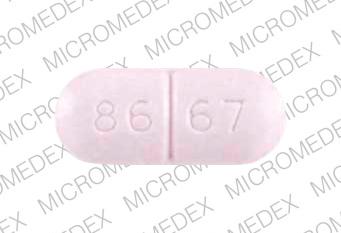Skelaxin Disease Interactions
There are 3 disease interactions with Skelaxin (metaxalone).
Metaxalone (applies to Skelaxin) anemia
Major Potential Hazard, Moderate plausibility.
The use of metaxalone is contraindicated in patients with or predisposed to drug-induced, hemolytic, or other anemias. Rare incidences of hemolytic anemia have been associated with the administration of metaxalone.
Metaxalone (applies to Skelaxin) renal/liver disease
Major Potential Hazard, High plausibility. Applicable conditions: Renal Dysfunction
The use of metaxalone is contraindicated in patients with severe hepatic and/or renal dysfunction. Metaxalone is metabolized by the liver and subsequently eliminated by the kidney, thus both parent drug and metabolites may accumulate in such patients. Therapy with metaxalone should be administered cautiously in patients with mild to moderate hepatic and/or renal impairment.
Metaxalone (applies to Skelaxin) alcohol
Moderate Potential Hazard, Moderate plausibility. Applicable conditions: Alcoholism
Metaxalone has central nervous system (CNS) depressant effects and should be used with caution with other CNS depressants including alcohol.
Switch to professional interaction data
Skelaxin drug interactions
There are 318 drug interactions with Skelaxin (metaxalone).
Skelaxin alcohol/food interactions
There is 1 alcohol/food interaction with Skelaxin (metaxalone).
More about Skelaxin (metaxalone)
- Skelaxin consumer information
- Check interactions
- Compare alternatives
- Reviews (85)
- Drug images
- Side effects
- Dosage information
- During pregnancy
- Drug class: skeletal muscle relaxants
- En español
Related treatment guides
Drug Interaction Classification
| Highly clinically significant. Avoid combinations; the risk of the interaction outweighs the benefit. | |
| Moderately clinically significant. Usually avoid combinations; use it only under special circumstances. | |
| Minimally clinically significant. Minimize risk; assess risk and consider an alternative drug, take steps to circumvent the interaction risk and/or institute a monitoring plan. | |
| No interaction information available. |
See also:
Further information
Always consult your healthcare provider to ensure the information displayed on this page applies to your personal circumstances.


